Scottish cuisine celebrates hearty comfort food that warms both body and spirit. From savory meat pies to creamy soups and indulgent desserts, these traditional dishes showcase Scotland’s rich culinary heritage using simple, local ingredients. Whether you’re hosting a family dinner or looking to explore new flavors, these Scottish classics are guaranteed crowd-pleasers that bring people together around the table.
1. Skink
Nothing beats a steaming bowl of Cullen Skink on a chilly evening. This luxuriously creamy soup hails from the fishing village of Cullen in northeastern Scotland, where it became a staple during tough economic times.
The magic happens when smoked haddock simmers gently with potatoes, onions, and milk, creating a rich, smoky flavor that’s both sophisticated and comforting. Many Scottish families have their own special recipe, passed down through generations.
Serve it with crusty bread for dipping and watch even picky eaters ask for seconds. The thick, hearty texture makes it substantial enough for a main course, though it’s traditionally enjoyed as a starter before a celebratory meal.
2. Scotch Pie
The beloved Scotch Pie holds a special place in Scottish food culture. These small, round meat pies feature a distinctive hot water crust pastry that’s sturdy enough to eat with your hands—perfect for everything from football matches to family picnics.
Inside the golden-brown casing, you’ll discover richly seasoned minced lamb or beef, often spiced with mace, nutmeg, and pepper. The unique design includes a raised lid that creates a small depression on top, traditionally used for adding gravy, baked beans, or mashed potatoes.
Bakeries throughout Scotland compete fiercely in the annual World Scotch Pie Championship, each claiming their recipe reigns supreme. These satisfying pies make excellent packed lunches or casual dinner mains when served with vegetables.
3. Stovies
Waste not, want not—that’s the philosophy behind stovies, Scotland’s genius solution for transforming yesterday’s roast into today’s comfort food masterpiece. The name comes from the Scottish word ‘stove,’ as this dish slowly cooks down on the stovetop until everything melds together perfectly.
Every Scottish family has their own version, but the basics remain the same: leftover meat (typically beef or lamb), potatoes, and onions cooked slowly with fat until the potatoes break down into a creamy consistency. Some add carrots or leeks, while others swear by a splash of beef stock or gravy.
Traditionally served with oatcakes or crusty bread, stovies exemplify Scottish frugality and ingenuity. The ultimate test of good stovies? They should be soft enough to eat with just a fork.
4. Haggis, Neeps, and Tatties
The mere mention of haggis might raise eyebrows, but this national dish deserves its legendary status. Burns Night suppers wouldn’t be complete without this savory pudding ceremoniously presented while bagpipes play in the background.
Modern haggis contains a blend of sheep’s heart, liver, and lungs minced with onion, oatmeal, suet, and warming spices like nutmeg and mace, all encased in a natural casing. The accompaniments are just as important: ‘neeps’ (mashed turnips or swedes) and ‘tatties’ (creamy mashed potatoes) provide the perfect complement to the rich, peppery haggis.
For first-timers, try a small portion drizzled with whisky cream sauce. Many Scottish butchers now make milder versions that appeal to contemporary palates while maintaining the dish’s distinctive character.
5. Rumbledethumps
The playful name ‘rumbledethumps’ might make children giggle, but this hearty vegetable casserole has serious comfort food credentials. This Border region specialty transforms humble ingredients into something truly special through the magic of butter and cheese.
Potatoes and cabbage form the base, mashed together with sautéed onions and a generous amount of butter. The mixture gets topped with grated cheddar cheese before baking until golden and bubbling. Some families add leeks, carrots, or even bacon for extra flavor.
What makes rumbledethumps so family-friendly is its versatility—serve it as a main dish with crusty bread or as a side with roasted meats. Leftovers taste even better the next day, crisped up in a frying pan for breakfast alongside eggs.
6. Bannocks
Long before modern ovens, Scottish cooks prepared these rustic flatbreads on hot stones beside open fires. Today’s bannocks maintain that connection to Scotland’s past while adapting to contemporary tastes.
Traditional versions use oatmeal or barley flour mixed with fat (historically animal fat, now often butter), salt, and just enough water to form a dough. The mixture gets shaped into rounds and cooked on a griddle until spotted with brown. Regional variations abound—Selkirk bannocks incorporate dried fruits for sweetness, while Pitcaithly bannocks feature almonds and citrus peel.
These versatile breads pair beautifully with both sweet and savory toppings. Try them warm with butter and honey for breakfast, or serve alongside soups and stews to soak up every last drop of goodness.
7. Tattie Scones
No proper Scottish breakfast would be complete without these thin potato pancakes griddled to golden perfection. Unlike their namesakes, tattie scones contain no leavening—they’re simply mashed potatoes mixed with flour, butter, and salt, then rolled thin and cooked on a hot surface.
Their triangular shape comes from cutting a large round into quarters, creating the perfect size for fitting alongside eggs, bacon, and black pudding on a breakfast plate. The best tattie scones have a slightly crisp exterior giving way to a soft, potato-rich interior.
While breakfast is their natural habitat, these versatile potato cakes shine in many settings. Fold them around scrambled eggs for a quick lunch, or try them topped with smoked salmon and cream cheese for an elegant appetizer that honors their Scottish heritage.
8. Bridies
Legend tells us the bridie was named after Margaret Bridie, a Forfar baker who sold these handheld meat pies at local markets in the 1800s. Unlike their cousin the Cornish pasty, bridies contain no vegetables—just well-seasoned minced beef or lamb with onions wrapped in flaky pastry.
The distinctive horseshoe shape makes them instantly recognizable, while the small holes on top serve a practical purpose: letting steam escape during baking. Traditional bridies come in two varieties—plain or with onions—identified by one or two holes punched in the top.
Children especially love these portable meat pies, perfect for picnics or quick family meals. Serve them warm with a side of baked beans or a simple salad for a satisfying lunch that connects your family to centuries of Scottish culinary tradition.
9. Cranachan
When Scottish raspberries reach their peak summer sweetness, it’s time to prepare cranachan—a festive dessert that showcases the best of Scotland’s natural bounty. Originally created as a harvest celebration, this layered treat has evolved into the nation’s most beloved special-occasion dessert.
The magic lies in the contrasting textures: toasted steel-cut oats provide a satisfying crunch against clouds of whipped cream gently folded with honey and a splash of whisky. Fresh raspberries add bursts of tartness that balance the sweetness perfectly.
For family gatherings, simply omit the whisky or substitute vanilla extract. Modern presentations often layer the ingredients in glass dishes to showcase the beautiful colors, though traditionally all components were brought to the table separately for guests to assemble their own perfect portion.
10. Shortbread
Mary, Queen of Scots reportedly adored this simple yet luxurious butter cookie in the 16th century—and Scottish families have been perfecting their recipes ever since. The magic of shortbread lies in its simplicity: just butter, sugar, and flour transformed through careful handling into something extraordinary.
Traditional shortbread comes in three shapes: large rounds scored into wedges (petticoat tails), rectangular fingers, or thick individual rounds embossed with intricate designs. The texture should be sandy and crumbly yet melt-in-your-mouth tender, achieved by using the highest quality butter you can find.
Modern variations might incorporate chocolate chips, lemon zest, or lavender, but purists insist the classic version needs no embellishment. These buttery treats shine during holiday seasons but deserve a place in your cookie jar year-round.
11. Clootie Dumpling
Named for the cloth (cloot) it’s boiled in, this dense, fruit-studded pudding connects modern Scottish families to centuries of culinary heritage. Making a clootie dumpling becomes a family event—children love to help mix the batter and make a wish while stirring clockwise for good luck.
The rich mixture of flour, breadcrumbs, suet, dried fruits, and warming spices gets wrapped in a floured cloth before being gently simmered for hours. When unwrapped, the damp surface forms a distinctive skin as it dries, creating the pudding’s characteristic appearance.
While traditionally served at Christmas and Hogmanay (Scottish New Year), any special gathering warrants this beloved dessert. Slices are typically served warm with custard, but many Scottish families also fry leftover slices in butter for breakfast the next morning—a treat worth saving room for!
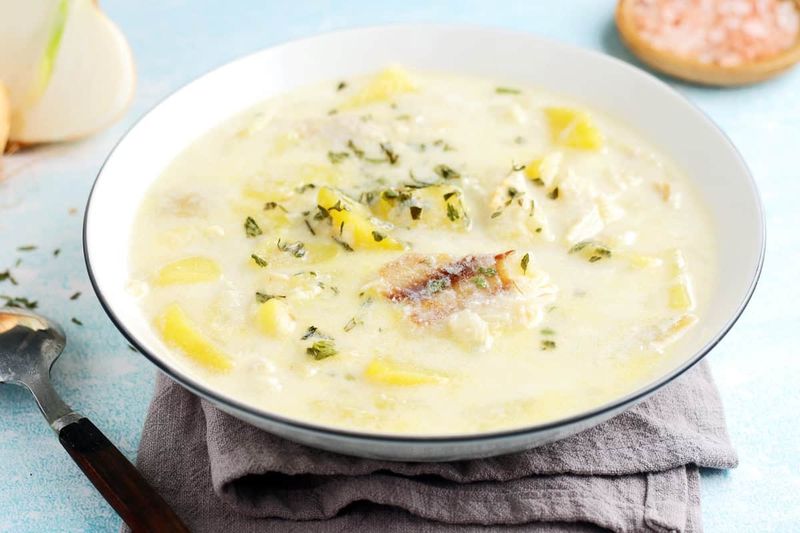
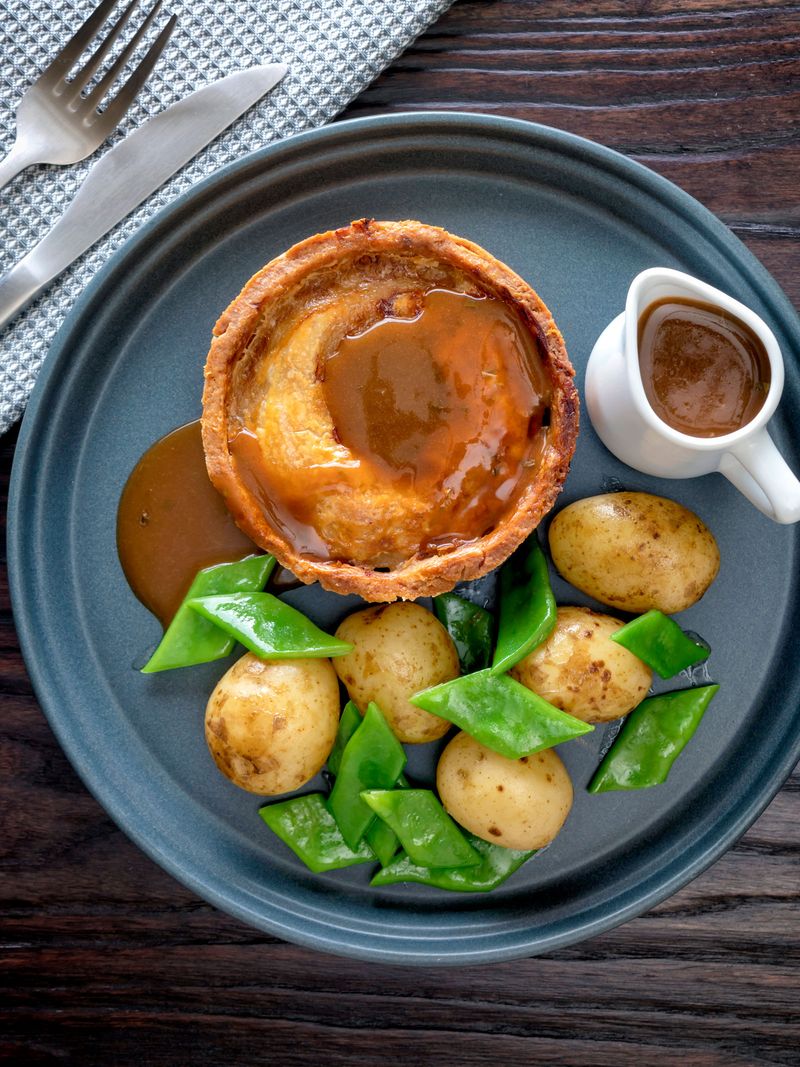
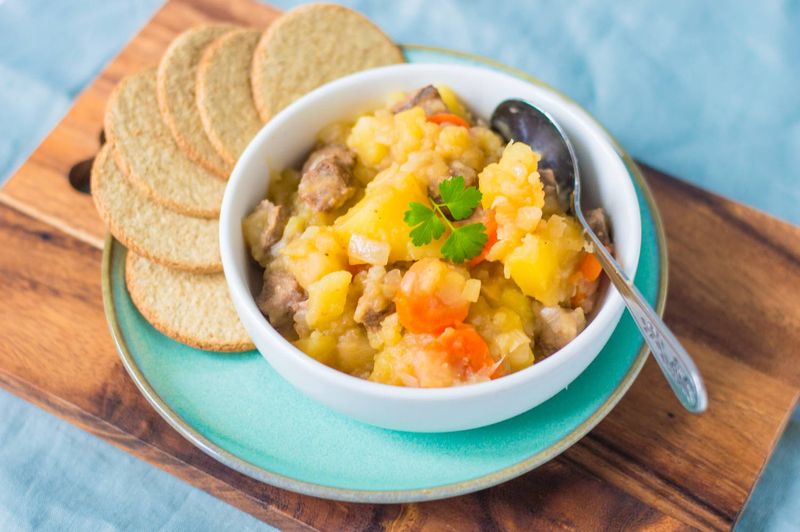
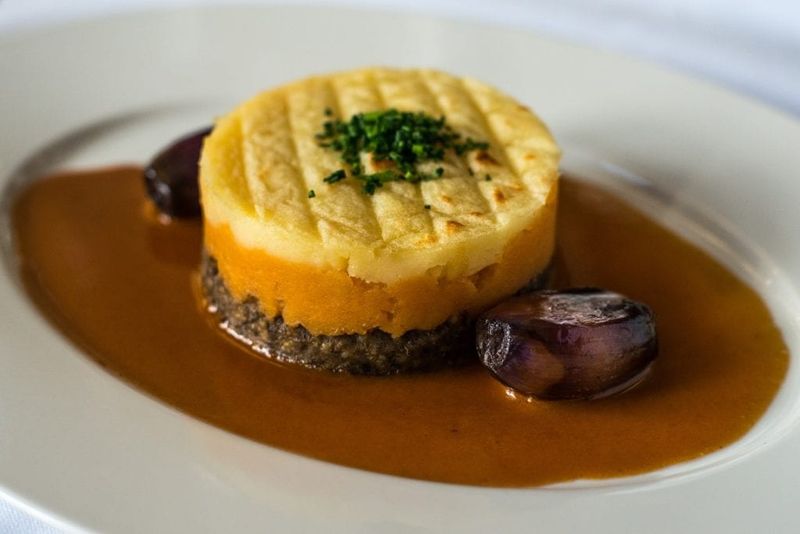
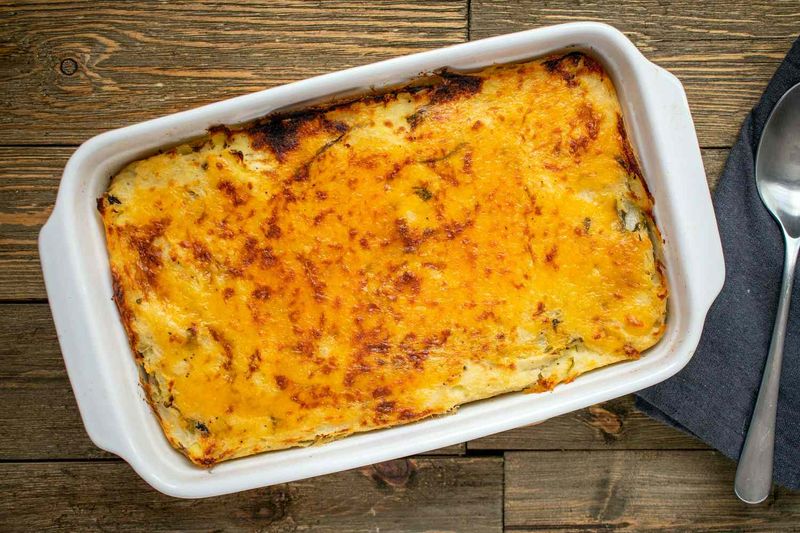
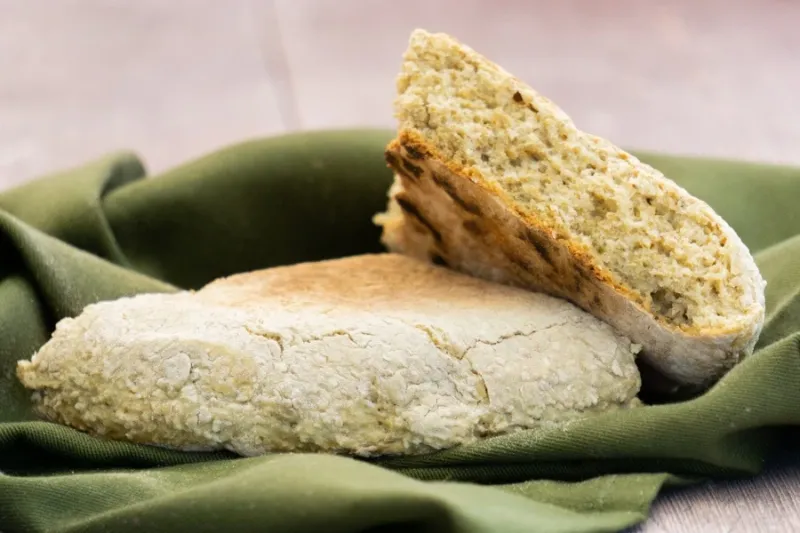
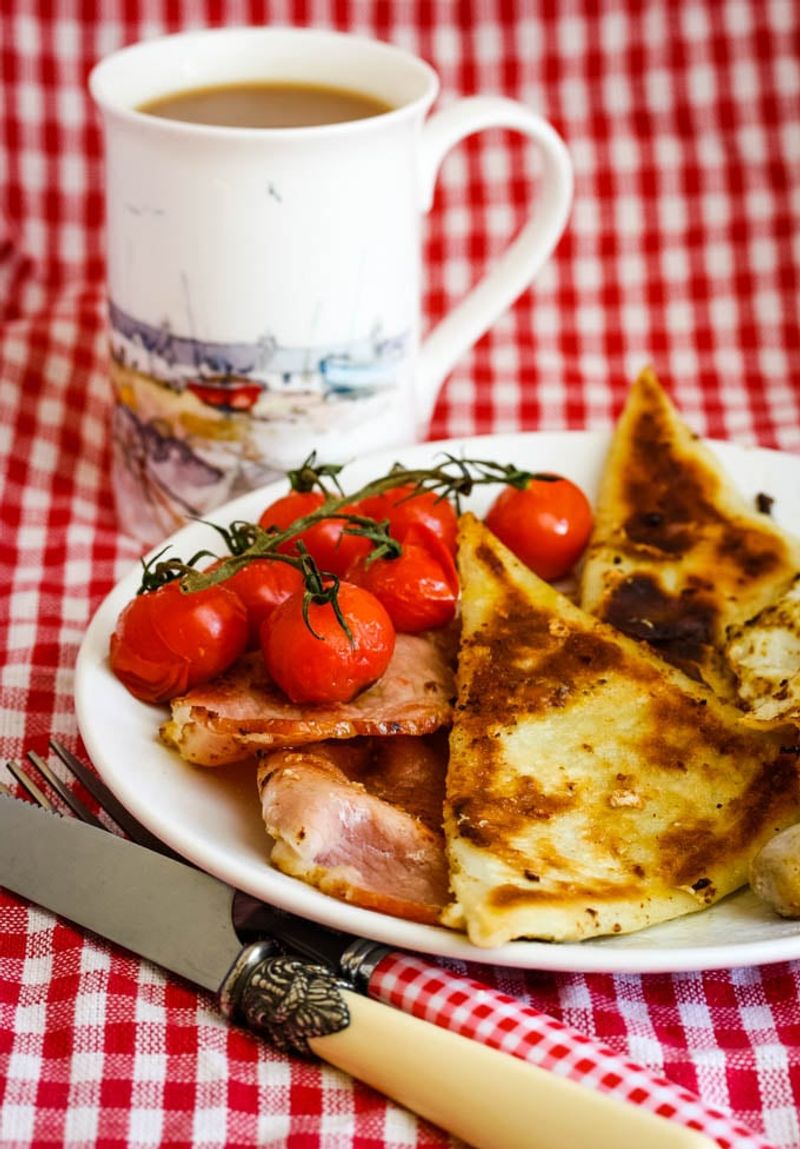
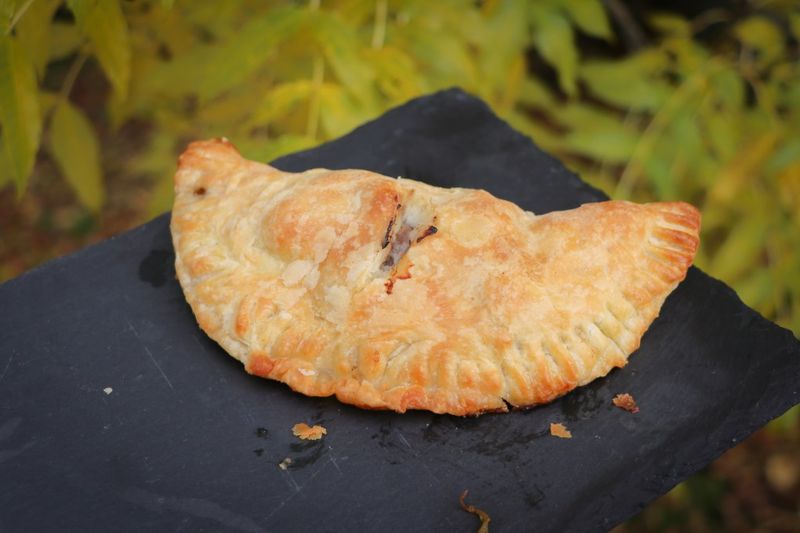
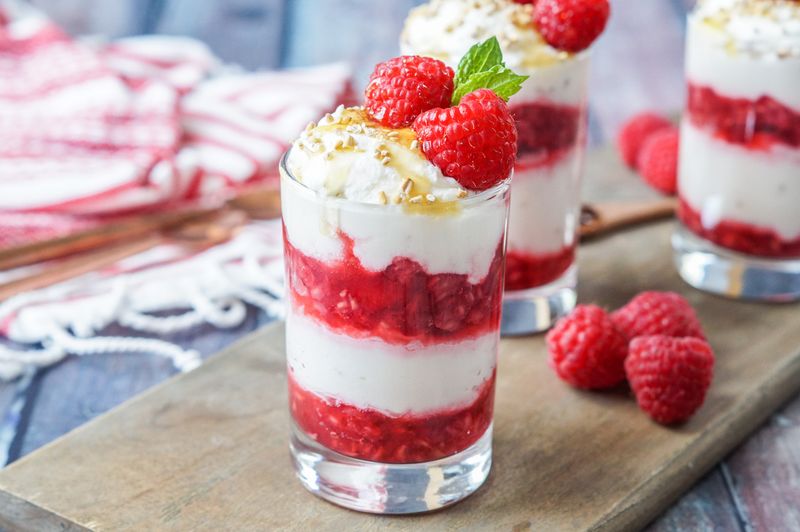
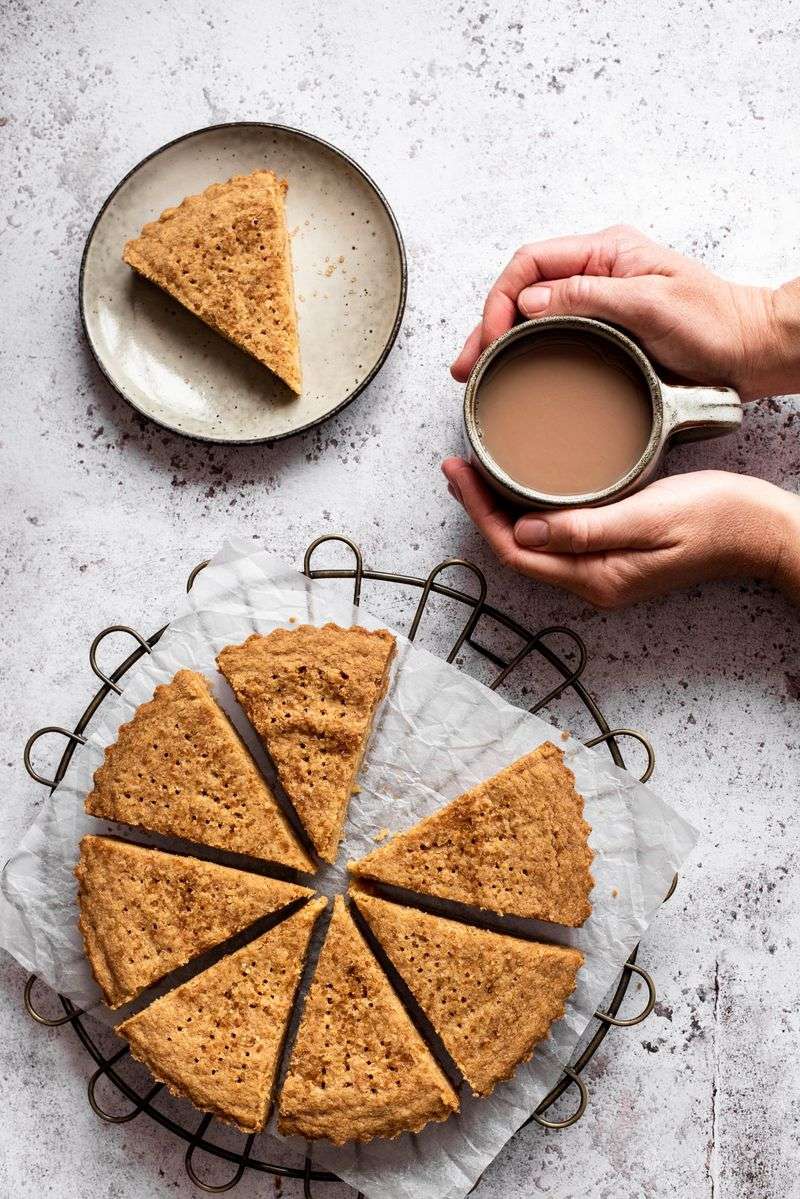
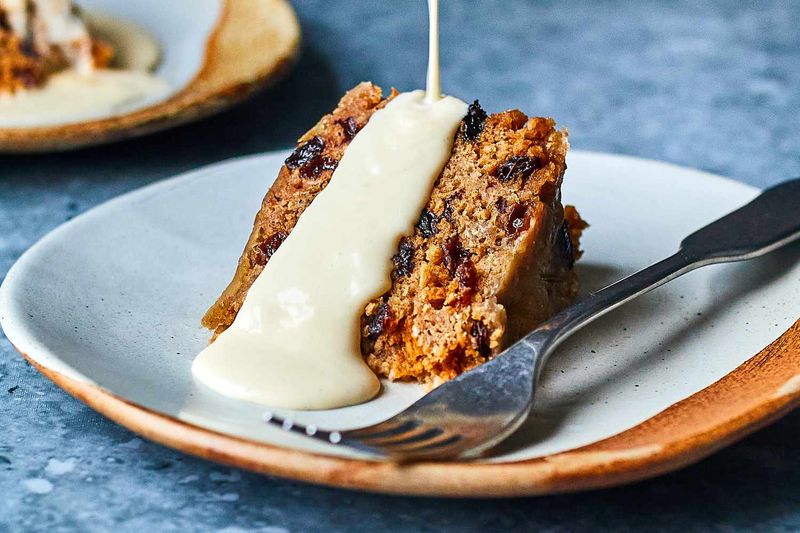
Leave a comment